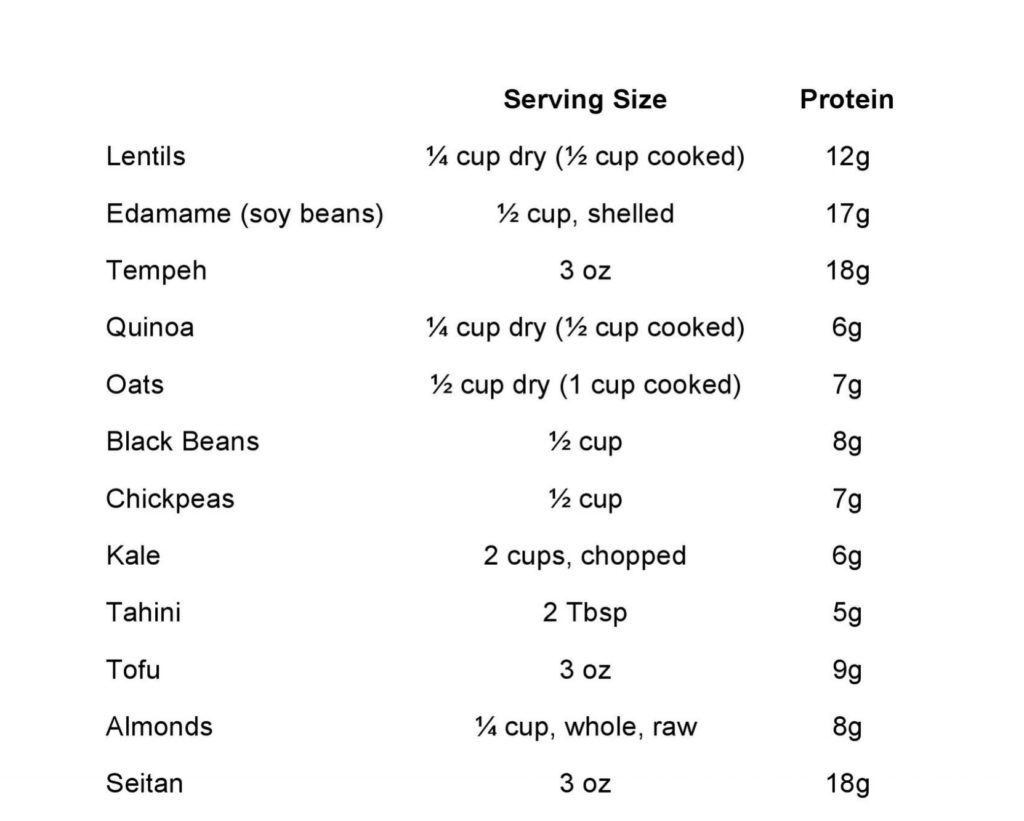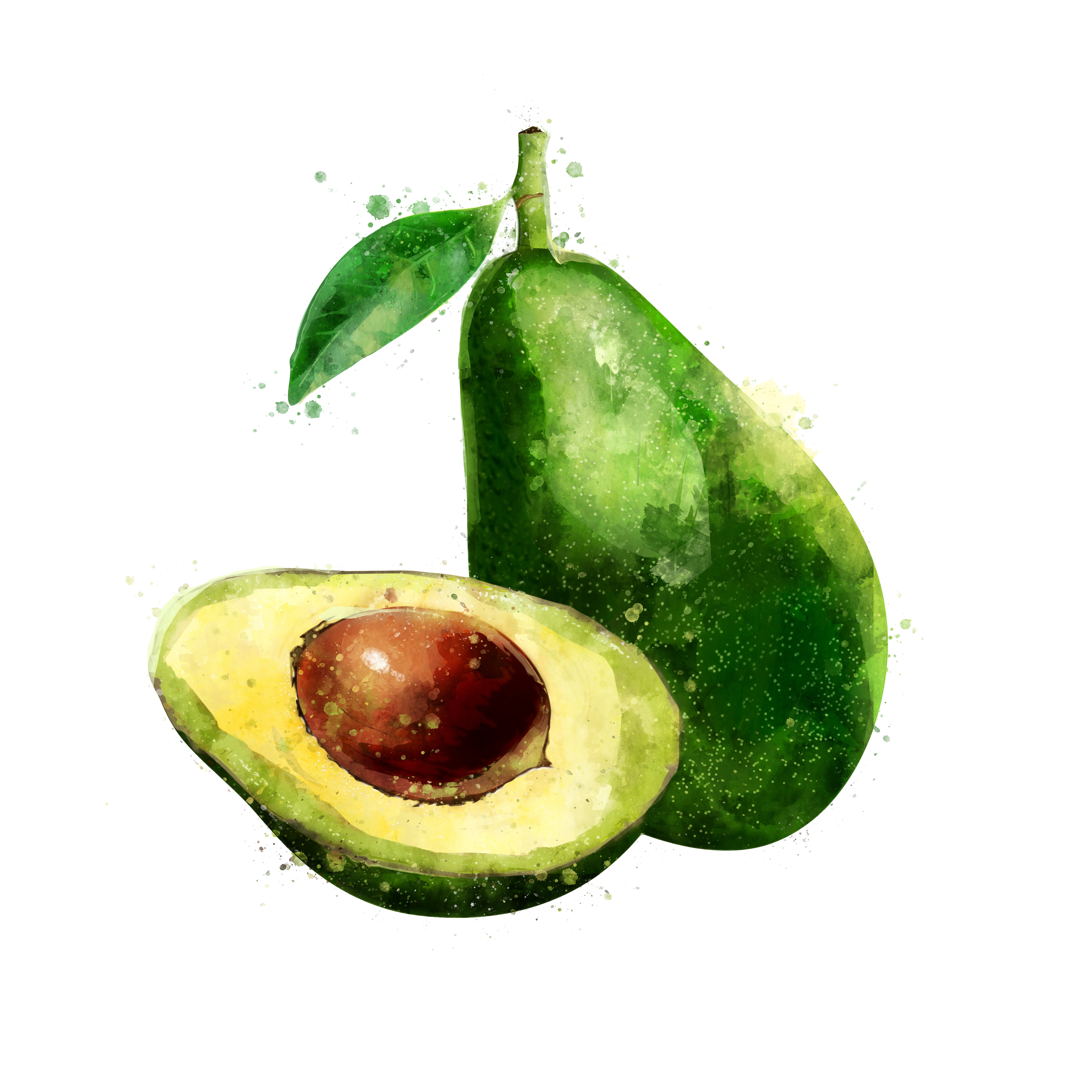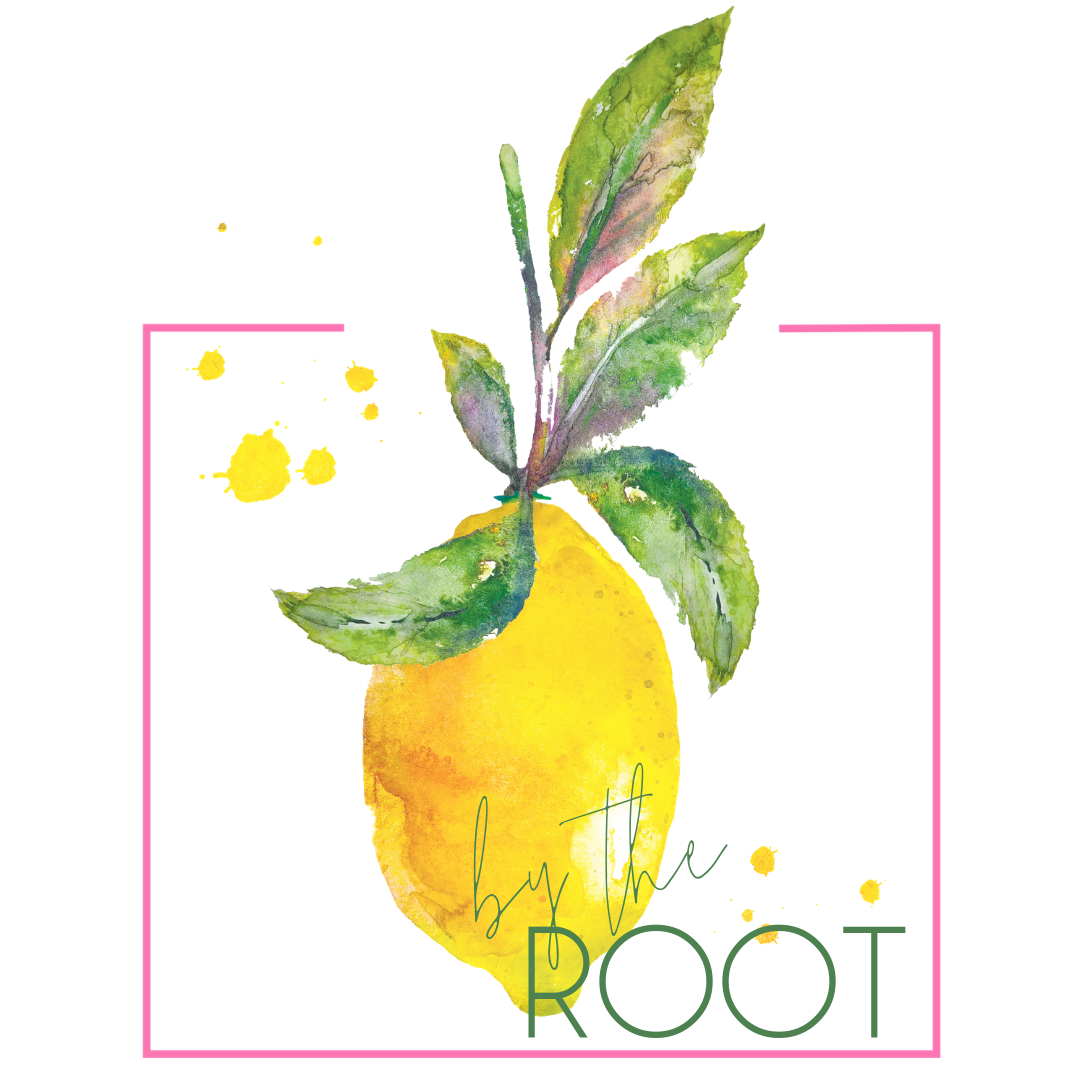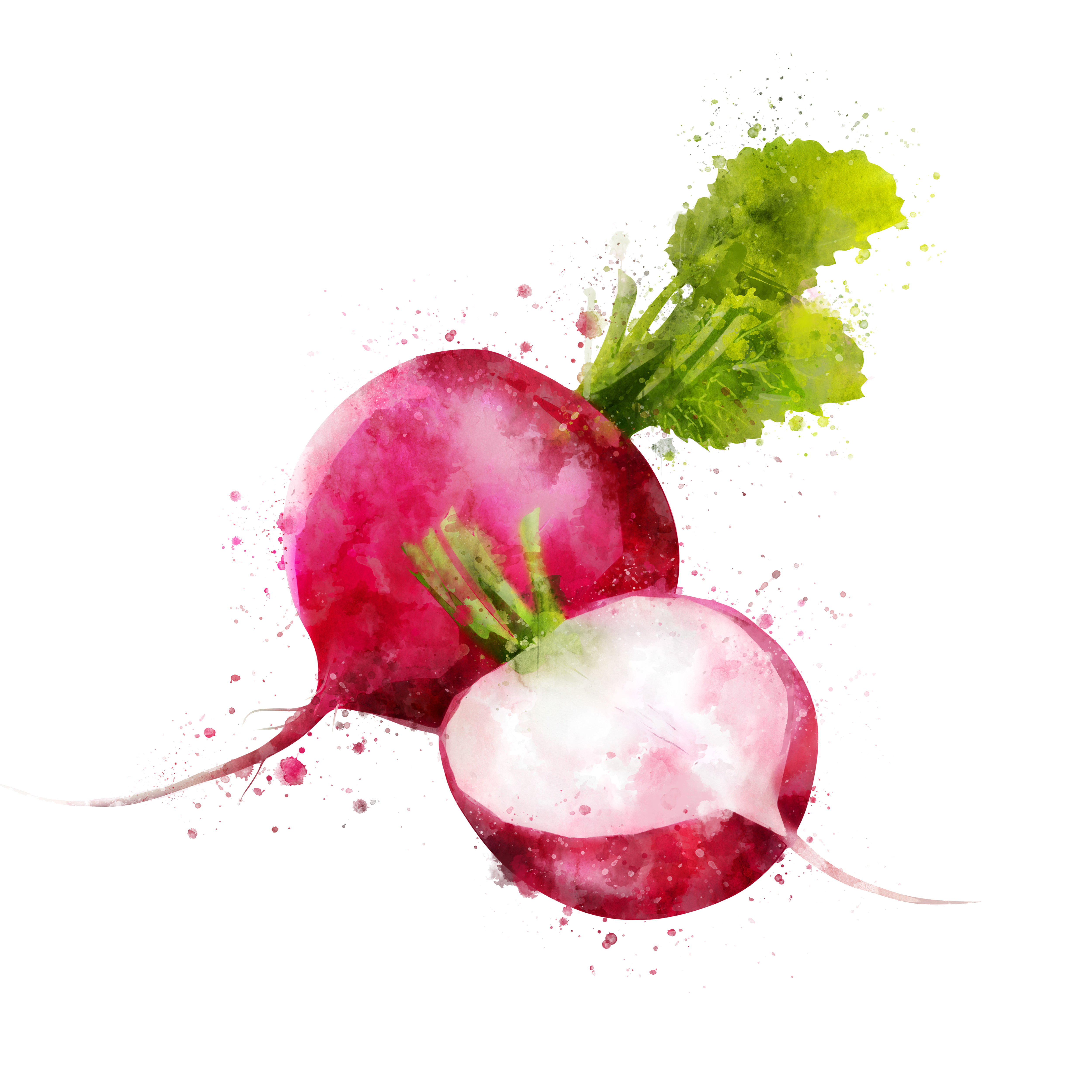Did you know that “Meatless Monday” was actually started during WWI by the government to encourage Americans to cut back on key staples in order to help the war effort from home? Today, however, Meatless Monday isn’t just a political phenomenon; it’s also personal and environmental.
Meatless Monday is an easy way to trick yourself into eating more vegetables (score!). What I love about plant-based protein sources is that by replacing meat and dairy with plants, you’re increasing your antioxidant and phytonutrient intake, while also cutting back on saturated fat and other inflammatory molecules. In fact, a study published this January found a higher intake of red meat to be associated with inflammation and cognitive decline. The jury is still out on dairy, however many nutritionists seem to agree that removing dairy from your diet does wonders for the skin. (Who wants acne anyways?)
Aside from our own health, Meatless Monday is also about raising awareness of our impact on the environment. Did you know that more than two-thirds of all agricultural land is devoted to growing feed for livestock?
In addition, agriculture production and livestock care requires more freshwater than any other sector of food production – 1kg of animal protein requires approximately 100 times more water to produce the same amount of protein from grains. When you don’t buy products from your local farmer, even more energy is spent after processing to ship the product to wherever you are (same goes for produce; buying local is a huge energy saver!). When you choose to forgo the meat and eat plants instead, you’re doing your body and the environment a favor.
Now I’m not attempting to convert anyone to vegetarianism, but I do think it’s worth trying to develop a deeper appreciation for our food, where it comes from, how it gets to our plates, and what it does to our bodies.
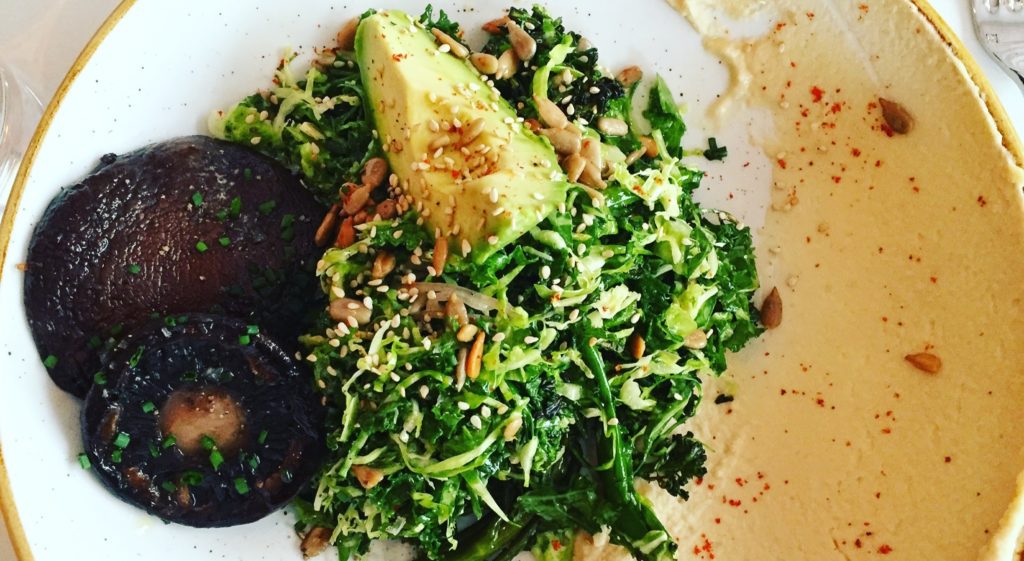
I challenge you to enjoy a meatless meal this Monday, and perhaps a completely meat-free Monday in the future. I urge you to explore all the different options that the earth has to offer, and try something new that you may have ignored otherwise. I also suggest that you take a second to think about the ingredients you are about to eat–what are they? Where did they come from? How did they get to your plate? When we forget to ask ourselves these questions, we sometimes lose sight of how to truly appreciate our meal.
To help you get started, I’ve made a chart that features 12 great sources of plant-based protein. It’s important to know where we can actually find protein in the foods that we eat that don’t come from animals. Meat is an obvious source of protein, but plants are a little more tricky to figure out.
For more inspiration, check out my vegan chickpea burger and spicy sriracha hummus recipes!
Use this chart to help guide you as you create meals for #MeatlessMonday
Top 12 Plant-based Protein Sources:
